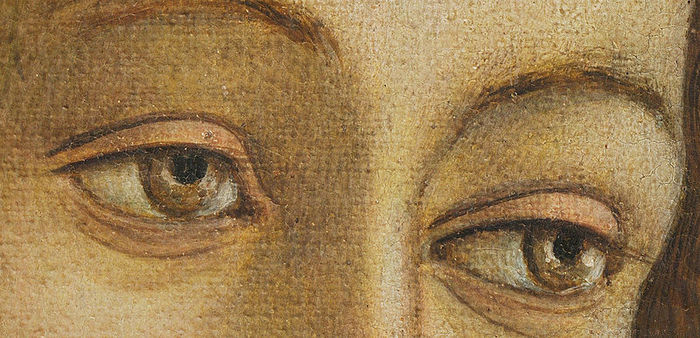National University of Ireland, Galway
My participants were seven Irish women between the ages of 20-45, all of whom had minimal to no sight. Drawing on in-depth interviews and personal diaries I explore how they experience mainstream representations of the feminine ideal, and to what extent these representations affect their body and self-image. To gauge their understanding of the feminine ideal they were asked to freely describe it. They used words that would be familiar to anyone with sight: fit, lean, thin, good skin, blond, young, nice breasts, and long legs. A few of them used phrases like 'beach bod', 'dream shape', and named celebrities like Jessica Biel to sum up their ideal body. They agreed that maintaining a presentable appearance demonstrated self-respect, command of oneself and, above all, ability. At the same time, their awareness that women are judged based on these same criteria manifested as personal pressure to be thinner, prettier, younger and more fashionable.
They engage a variety of rituals as a way to offset these pressures, manage personal body dissatisfaction and present with confidence. Conventional practices included dieting, exercising, undergoing regular beauty treatments, using cosmetics, and wearing fashionable clothing. In most cases, the use of adapted sensory strategies was necessary to carry out these rituals. For example, some relied on voice activated software to help organize clothing and accessories accordingly and create matching outfits (which was very important). Texture was explained to me as a critical way that blind and visually impaired persons have more say in developing and expressing a personal style. The participants used touch and feel to determine aesthetic taste in all things appearance-related from clothing to cosmetics. In addition, all of the women worked closely with a trusted friend or family member whose advice was sought on a number of things such as clothing and accessory purchases, getting the fit or color of something correct, cosmetic application and hair styling. This was the most important strategy by far, so much so that one participant said, “there are things that I don’t do because if I did I would feel out of control...I think that [looking attractive and put-together] is quite important so I wait.” Sighted assistance, in another participant's words, was also a way to create a “unique style” but in a “second-hand manner.”
Self-assessing, visually comparing, gauging surroundings and perceiving body language were all considered by the participants as part of looking and feeling confident. Thus, knowing the importance of appearance and not knowing one's own appearance and being seen by others and not being able to visually reciprocate were sources of anxiety that often left the women feeling vulnerable and insecure in social settings. In the words of one participant, “when I walk into a room...I can’t see people...but I do know that they’re looking at me...the eyes are used as weapons” [to visually scrutinize others], such that being blind, according to another participant, “creates an imbalance” in social settings. Such instances tested confidence and triggered negative thoughts and feelings. When asked about this, one participant said, “sometimes I feel disappointed in myself, and think, why can’t I do this? Why can’t I know? I feel like I’m kind of the problem.” Investing in the body and appearance afforded the participants a sense of power as women and a sense of freedom from their disability. Maintaining attractiveness helped to manage a positive self-image and became a way to minimize “difference” and maximize “sameness” among peers, female and sighted alike.
This blog was taken from a blog first published on the Gender & Society Blog, November 19, 2013.

 RSS Feed
RSS Feed
